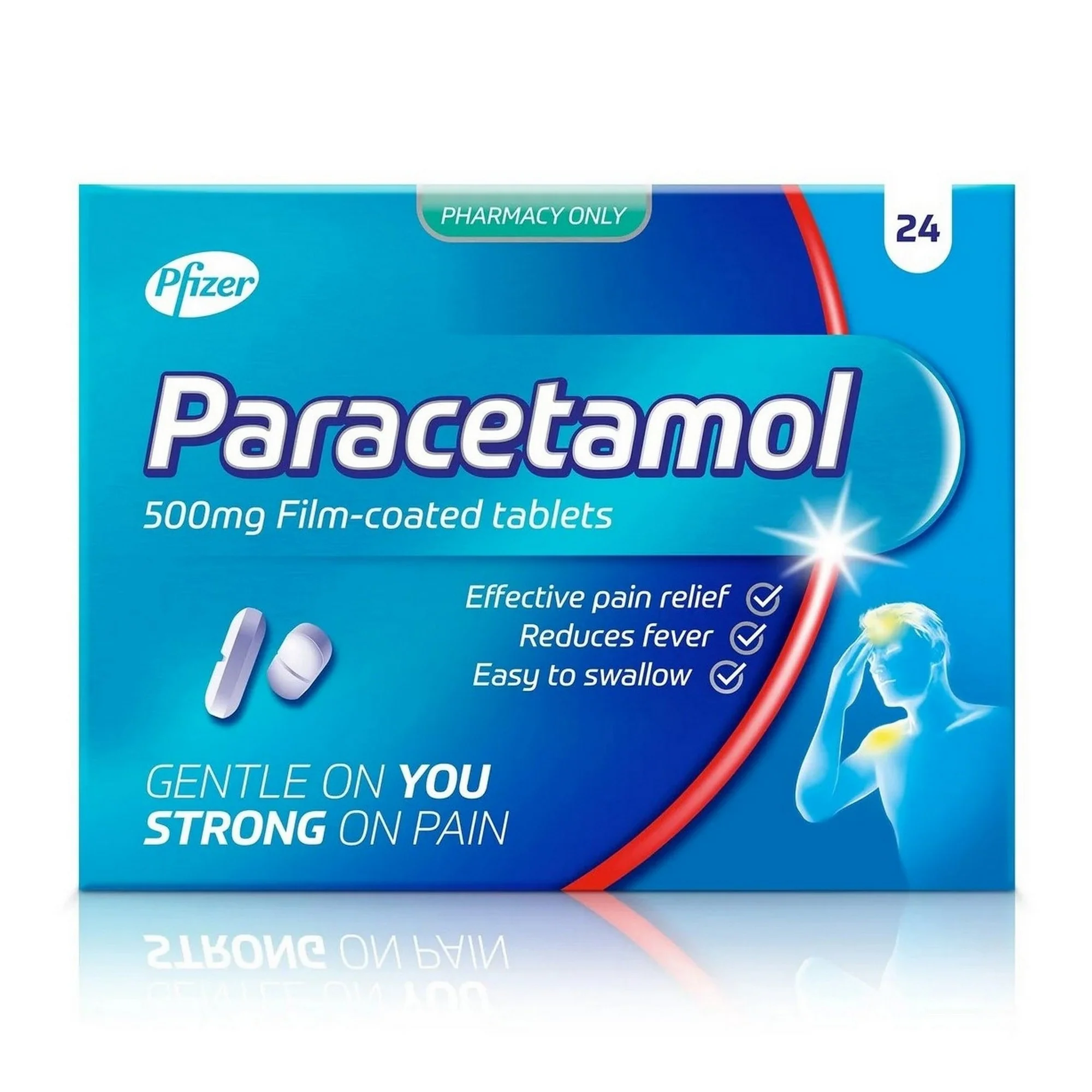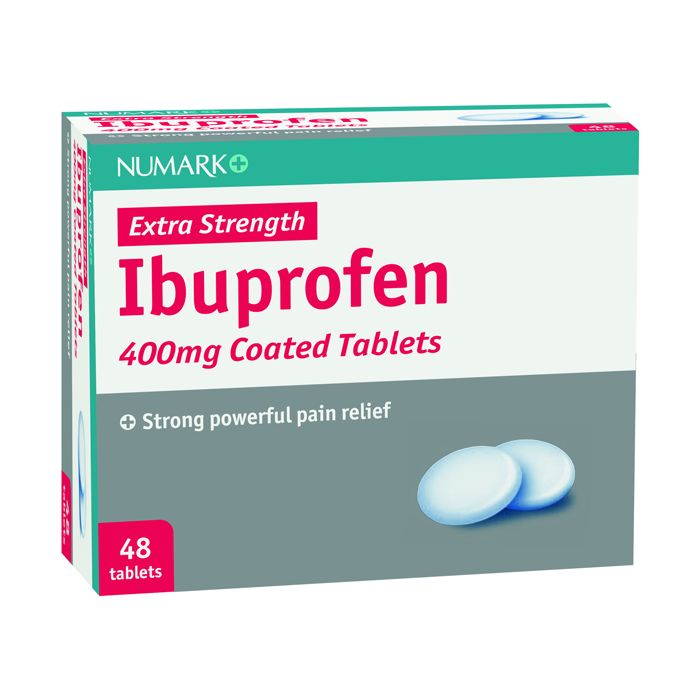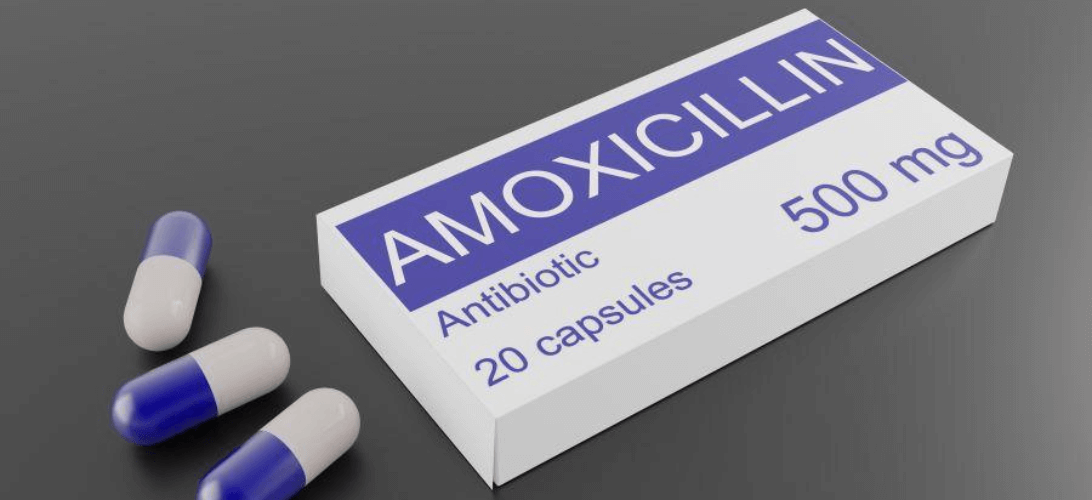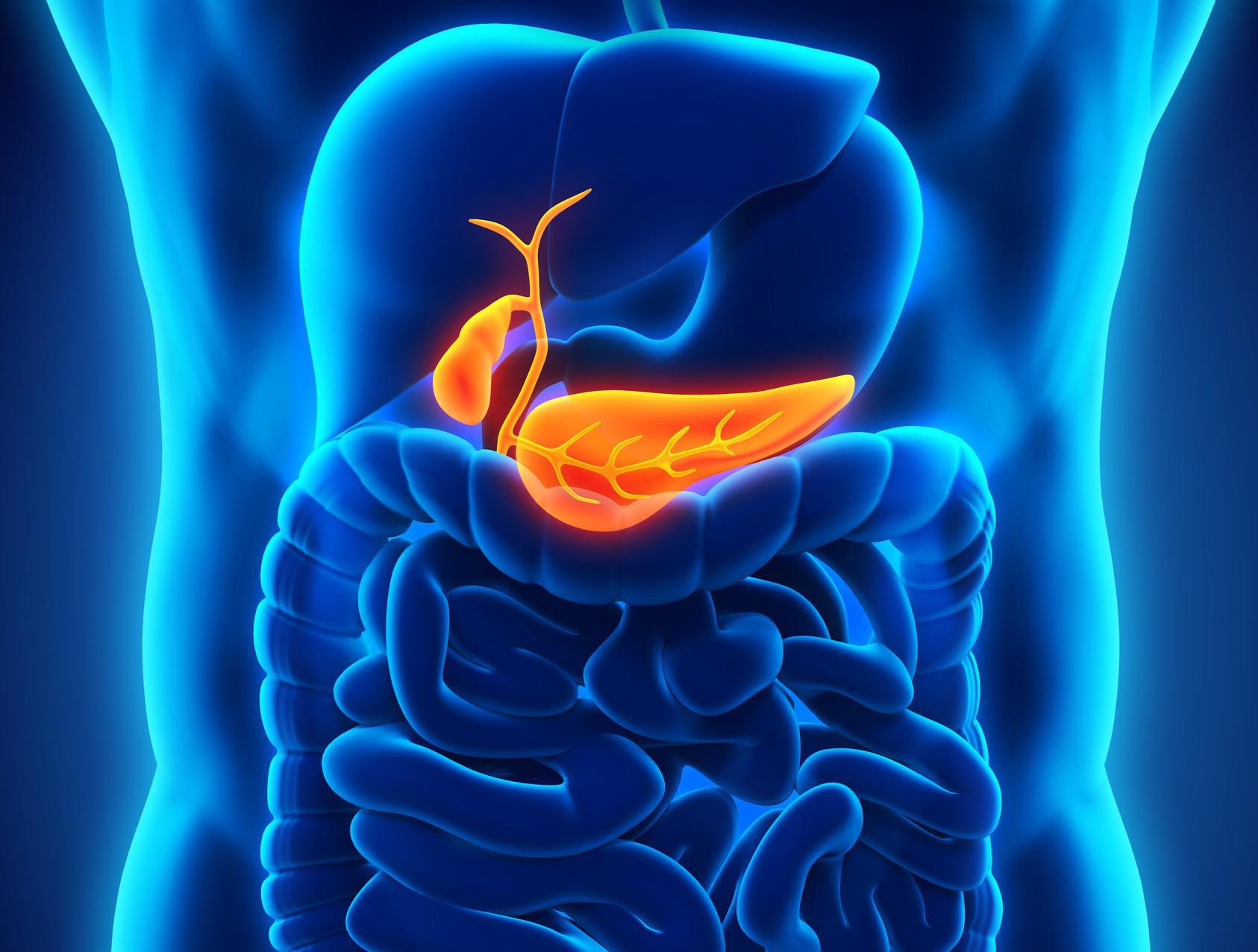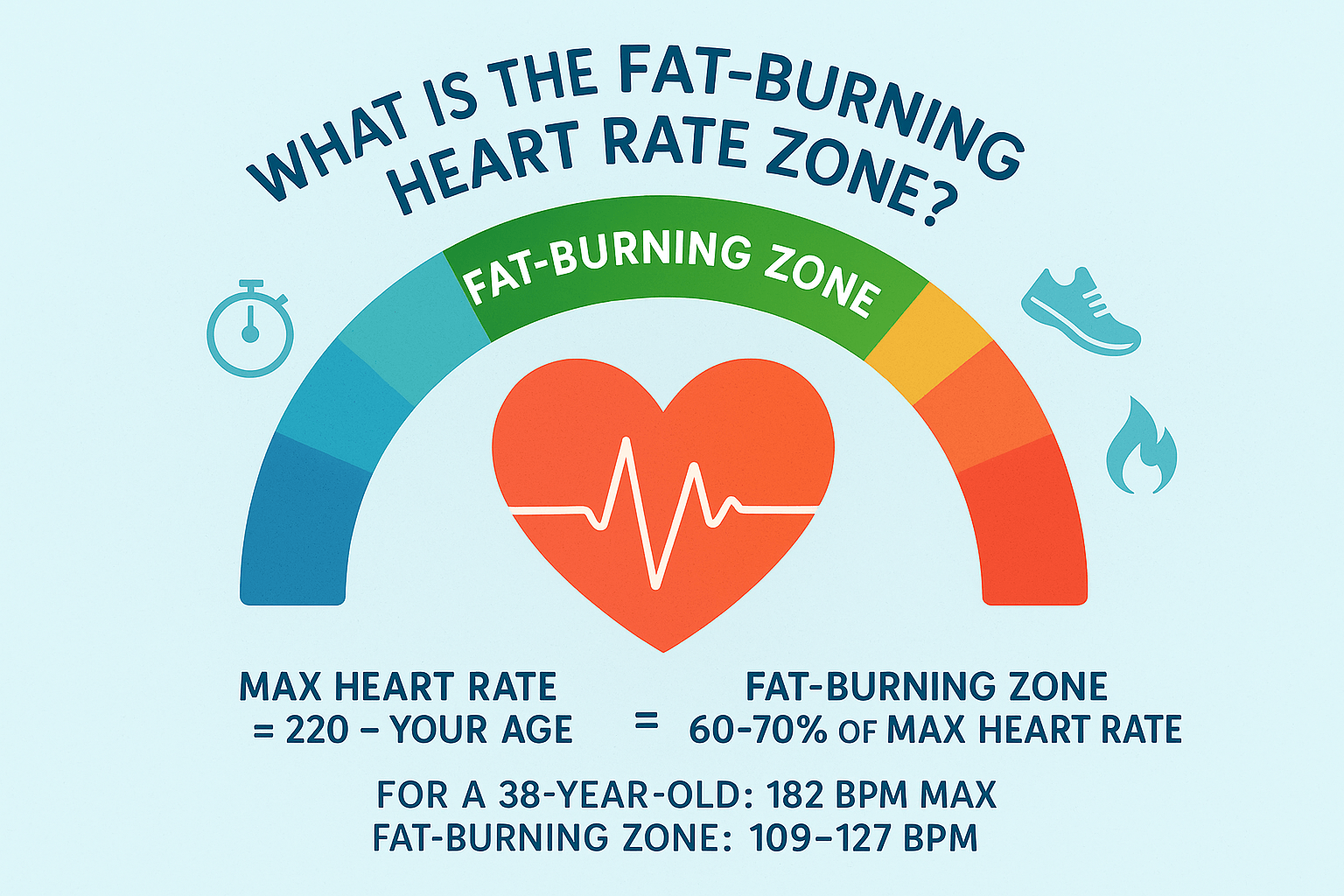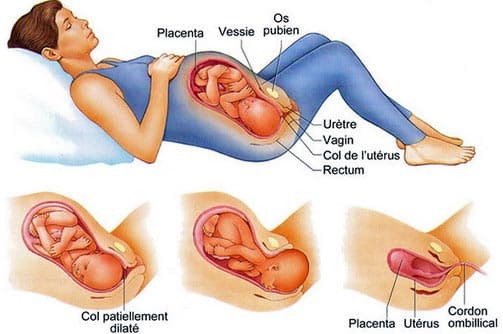Paracetamol, also widely known as acetaminophen, stands as one of the most frequently used over-the-counter medications globally. Esteemed for its effectiveness in alleviating mild to moderate pain and reducing fever, it has been a cornerstone in household medicine cabinets for decades. Despite its widespread availability and perceived safety, a thorough understanding of its proper usage, potential risks, and interactions is paramount to ensure its safe and effective application. This comprehensive guide delves into every facet of paracetamol, from its fundamental workings to its nuanced implications for various populations, aiming to provide a detailed and user-friendly resource.
What is Paracetamol? Understanding Its Identity and Mechanism
Paracetamol, chemically known as N-acetyl-para-aminophenol (APAP), belongs to a class of drugs called miscellaneous analgesics. It is distinct from Nonsteroidal Anti-Inflammatory Drugs (NSAIDs) like ibuprofen, as it does not significantly reduce inflammation. Its journey began in 1878, but it wasn't until the 1950s that it gained widespread acceptance. Today, it is recognized globally by various brand names, including Panadol, Calpol, and Tylenol, depending on the region. For instance, in the USA, it is predominantly known as acetaminophen, while paracetamol is the common name in Europe, Australia, New Zealand, and India.
The exact mechanism by which paracetamol exerts its pain-relieving and fever-reducing effects is not fully understood, a mystery that has persisted for over 70 years. Current scientific understanding suggests that paracetamol primarily acts within the central nervous system (brain and spinal cord). It is believed to inhibit the production of prostaglandins, which are compounds in the body that play a crucial role in the sensation of pain and the inflammatory response. Unlike NSAIDs, paracetamol's effect on prostaglandins in peripheral tissues (outside the central nervous system) is thought to be minimal, which contributes to its lower risk of certain side effects, particularly gastrointestinal irritation. Additionally, research indicates that paracetamol may influence other pathways, including the serotonergic, opioid, nitric oxide, and cannabinoid systems, further contributing to its analgesic and antipyretic properties. Once ingested, paracetamol typically begins to relieve pain and lower a high temperature within 30 minutes, with its effects lasting approximately 4 to 6 hours.
Diverse Applications: When and Why to Use Paracetamol
Paracetamol's utility extends across a broad spectrum of conditions characterized by pain and fever. Its versatility makes it a go-to option for various common ailments.
Pain Relief
Paracetamol is highly effective for managing mild to moderate pain. This includes:
- Headaches and Migraines: From tension headaches to the debilitating pain of migraines, paracetamol can provide significant relief. It is often recommended as a first-line treatment for these conditions, either alone or in combination with other ingredients like caffeine.
- Backache: While NSAIDs may be preferred for pain with an inflammatory component, paracetamol is a suitable option for general back pain.
- Muscle Strains and Aches: It helps alleviate discomfort associated with muscle soreness, sprains, and generalized body aches, often accompanying colds and flu.
- Period Pain (Menstrual Cramps): Many individuals find paracetamol effective in reducing the pain associated with menstrual cycles.
- Toothache: For mild to moderate dental pain, paracetamol can offer temporary relief.
- Minor Arthritis Pain: Although it doesn't address the underlying inflammation of arthritis, paracetamol can help manage the pain symptoms.
- Post-Surgical Pain: It is used to manage pain after surgical procedures, often in conjunction with opioid analgesics for moderate to severe pain.
- Other Aches and Pains: Its analgesic properties make it useful for various other general aches and pains that do not have a significant inflammatory component.
Fever Reduction (Antipyretic)
One of paracetamol's primary functions is to reduce a high temperature (fever). Fever is the body's natural response to infection or illness, but a high or prolonged fever can cause discomfort and, in some cases, be dangerous. Paracetamol helps to lower body temperature by acting on the heat-regulating center in the brain. It is commonly used for fever associated with:
- Colds and Flu: It helps alleviate the discomfort caused by fever, making the individual feel more at ease.
- Childhood Illnesses: Paracetamol is a frequently used medication for reducing fever in children.
Combination Therapy
Paracetamol is often combined with other active ingredients in multi-symptom medications to address a wider range of symptoms. These combinations are particularly common in cold and flu remedies, where paracetamol might be paired with decongestants, antihistamines, or cough suppressants. It is also found in some headache tablets and migraine preparations. Furthermore, for stronger pain relief, paracetamol can be combined with other analgesics such as codeine or ibuprofen. For instance, the paracetamol/ibuprofen combination can provide enhanced pain relief compared to either drug alone.
Forms and Administration: Tailoring Usage to Needs
Paracetamol is available in a multitude of forms, catering to different age groups and preferences, and ensuring appropriate administration is crucial for efficacy and safety.
Common Forms
- Tablets and Capsules: These are the most common forms for adults and older children. They are typically swallowed whole with water.
- Oral Suspensions/Liquids and Syrups: These are widely used for infants and children due to their ease of administration and flexible dosing based on weight. They often come with an oral syringe or measuring spoon for accurate dosing.
- Soluble Powders/Effervescent Tablets: These are dissolved in water before consumption, offering a quick and sometimes more palatable way to take the medication.
- Suppositories: Administered rectally, these are particularly useful for individuals who cannot take oral medication, such as those experiencing nausea or vomiting, or for very young children.
- Orally Disintegrating Tablets: These tablets dissolve quickly on the tongue, making them convenient for those who have difficulty swallowing pills.
- Intravenous (IV) Injection: A prescription form used in hospital settings for managing pain and fever, especially when oral administration is not feasible.
Modified-Release Paracetamol
Some formulations, known as modified-release, extended-release, slow-release, or sustained-release paracetamol, are designed to release the medication into the body more slowly over a longer period. These often have a higher dose of paracetamol per tablet and are typically taken less frequently, for example, every 8 hours. This form is sometimes used for persistent pain, such as that associated with osteoarthritis.
Administration Guidelines
Regardless of the form, it is imperative to adhere strictly to the instructions on the product label and those provided by a doctor or pharmacist.
- Oral Tablets/Capsules: Swallow whole with a glass of water. Do not crush or chew extended-release tablets, as this can lead to a rapid release of the drug and increased risk of side effects.
- Oral Suspensions: Always shake the bottle well before use. Use the provided oral syringe or measuring spoon to ensure the correct dose based on the child's age and weight. Administer slowly into the child's mouth, against the inside of their cheek.
- Soluble Powders/Effervescent Tablets: Empty the sachet/tablet into a glass, fill with freshly boiled water (if applicable, and allow to cool), stir until dissolved, and then drink.
- Chewable Tablets: Chew thoroughly before swallowing.
- Orally Disintegrating Tablets: With dry hands, place the tablet on the tongue and allow it to fully dissolve before swallowing, with or without water.
Dosage: Navigating Safe and Effective Limits
Adhering to recommended dosages is critical for paracetamol's safety and efficacy. Taking more than the advised amount can lead to severe health complications, particularly liver damage, which can be fatal.
Adult and Children 12 Years and Over
The suggested dose is generally:
- 500 mg to 1 gram (1000 mg) every 4 to 6 hours as required.
- Do not exceed a total of 4 grams (4000 mg) within a 24-hour period.
It is crucial to leave at least 4 hours between doses and not take more than four doses in 24 hours. If using modified-release paracetamol, the dosing schedule may differ (e.g., every 8 hours), so always check the specific product instructions.
Children Aged 1 Month to 12 Years
Dosing for children is based on their body weight to ensure accuracy and safety. The general guideline is:
- 15 mg per kilogram (kg) of the child's body weight, every 4 to 6 hours as required.
- Do not exceed more than 4 doses in a 24-hour period.
Parents and caregivers must carefully read the directions on the medicine label and packaging, as liquid paracetamol products will have specific dosing instructions based on age and weight ranges. It is always advisable to consult a doctor or pharmacist for precise dosing advice for children, especially for those under two years of age or if there is any doubt. Never use a kitchen teaspoon for measuring pediatric doses; always use a calibrated dosing syringe or spoon.
Important Dosage Considerations
- Combination Medicines: Be extremely vigilant about checking the active ingredients of all medications being taken, especially cold and flu remedies, migraine preparations, and prescribed medicines, as many contain paracetamol. Taking multiple products containing paracetamol simultaneously can inadvertently lead to an overdose.
- Duration of Use: Do not take paracetamol for fever for more than 3 days unless directed by a doctor. For adults, do not take this product for pain for more than 10 days (5 days in children) unless advised by a healthcare professional. Persistent symptoms warrant medical attention.
- Missed Dose: If a dose is forgotten, take it as soon as remembered, unless it is within 4 hours of the next scheduled dose. In that case, skip the missed dose and continue with the regular dosing schedule. Do not double doses to compensate for a missed one.
Safety Profile and Potential Risks: Navigating Precautions and Side Effects
While paracetamol is generally considered safe when used as directed, it is not without risks. Understanding these potential downsides and taking necessary precautions is vital for preventing adverse outcomes.
Who Should Exercise Caution or Avoid Paracetamol?
Certain individuals need to be particularly cautious or avoid paracetamol altogether:
- Allergy to Paracetamol: Individuals with a known allergy to paracetamol should not take it.
- Pre-existing Liver or Kidney Problems: People with liver disease or kidney impairment should consult their doctor or pharmacist before taking paracetamol, as their ability to process and eliminate the drug may be compromised, increasing the risk of toxicity.
- Excessive Alcohol Consumption: Individuals who regularly consume more than the recommended amounts of alcohol (e.g., three or more alcoholic drinks per day) should exercise extreme caution and seek medical advice before taking paracetamol. Alcohol can increase the risk of liver damage when combined with paracetamol.
- Very Underweight Individuals: Being very underweight can affect how the body processes medications, warranting medical consultation.
- Concurrent Use of Other Paracetamol-Containing Medications: As mentioned, taking multiple medications that contain paracetamol can lead to an overdose. Always check labels.
Side Effects
When taken at recommended doses, paracetamol is generally well-tolerated. However, some side effects can occur, although they are usually rare and mild:
- Gastrointestinal: Nausea, vomiting, abdominal pain, constipation, dyspepsia (indigestion), enlarged abdomen. These may be more pronounced at higher dosages.
- Dermatologic: Rash, itching, pruritus. Rarely, serious skin reactions such as acute generalized exanthematous pustulosis (AGEP), Stevens-Johnson syndrome (SJS), and toxic epidermal necrolysis (TEN)
can occur. - Nervous System: Headache, dizziness, insomnia, agitation.
- Hematologic: Anemia (low red blood cell count), thrombocytopenia (low platelet count), leucopenia (low white blood cell count), neutropenia (low neutrophil count). Long-term use can specifically lead to anemia.
- Other: Fatigue, breathlessness, bluish or grayish tinge to fingers and lips (due to low red blood cell count from long-term use), hypoglycemia (low blood sugar) and tremors (especially in children), flushing, rapid heartbeat.
Serious Risks: Liver Damage and Overdose
The most significant and potentially fatal risk associated with paracetamol is liver damage (hepatotoxicity), especially from overdose. Even at recommended dosages, there is a potential for liver damage, and this risk increases significantly with:
- Higher dosages: Exceeding the maximum daily or single dose.
- Shorter intervals between doses: Not allowing enough time between doses.
- Concurrent use of other medications containing paracetamol.
- Chronic alcohol consumption.
- Pre-existing liver disease.
Paracetamol overdose is the leading cause of acute liver failure in Western countries and accounts for a substantial number of drug overdoses and hospitalizations. The liver damage occurs when the body's detoxification capacity is overwhelmed by a toxic metabolite of paracetamol, N-acetyl-p-benzoquinone imine (NAPQI). While the liver can normally detoxify NAPQI with glutathione, excessive paracetamol depletes glutathione stores, allowing NAPQI to accumulate and cause cellular damage.
Symptoms of paracetamol overdose may not appear immediately. Initial symptoms within the first 24 hours can be non-specific or absent, but may include paleness, nausea, sweating, vomiting, loss of appetite, and abdominal pain. Liver injury signs, such as pain in the upper abdomen, dark urine, yellowing of the skin or eyes (jaundice), or clay-colored stools, typically manifest 24-48 hours after ingestion. In severe cases, overdose can lead to seizures, coma, and death due to liver failure.
Interactions with Other Medications
While paracetamol generally does not interact with many medicines when taken short-term for pain or fever, certain interactions are noteworthy:
- Warfarin: Paracetamol is generally the suggested painkiller for individuals taking warfarin (an anticoagulant), as it is less likely to cause bleeding than NSAIDs. However, long-term use of paracetamol can increase the effect of warfarin, raising the risk of bleeding. If taking paracetamol for more than a few days while on warfarin, or for chronic pain, consult a doctor.
- Other Paracetamol-Containing Products: As repeatedly emphasized, the most dangerous interaction is with other medications that also contain paracetamol. Always read labels to avoid accidental double-dosing.
- Blood Glucose Tests: Paracetamol may interfere with the results of some blood glucose tests, potentially causing false readings. Diabetics should inform their doctor if they have taken paracetamol before such tests.
Read Also: Amoxicillin - Your Essential Guide to This Common Antibiotic
Safe Usage Practices: A Guideline for Responsible Consumption
Given paracetamol's widespread use and the serious consequences of misuse, adopting safe usage practices is paramount.
Reading and Understanding Labels
- Always read the medicine label and packaging before use. This includes dosage instructions, warnings, and active ingredients.
- Identify Paracetamol: Learn to recognize "paracetamol" or "acetaminophen" as the active ingredient. This is crucial for avoiding accidental double-dosing when taking multiple medications.
- Check Strength and Recommended Dose: Different paracetamol-containing products may have varying strengths and recommended doses. Do not assume all paracetamol products are dosed identically.
Dosing Accurately
- Follow Directions Precisely: Adhere strictly to the recommended dose and frequency. Do not take more than the maximum dose within a 24-hour period.
- Children's Dosing by Weight: For children, dosage is based on body weight, not just age. Always know your child's weight and use a calibrated dosing device (syringe or spoon) provided with the medicine. Never exceed the recommended doses or frequencies for children.
- No Double Dosing: Do not take multiple products containing paracetamol at the same time. This is a common cause of accidental overdose.
Purchasing and Storage
- Buy Only What You Need: Avoid stockpiling large quantities of paracetamol. This minimizes the risk of intentional overdose and ensures products are within their expiry dates.
- Secure Storage: Store paracetamol in a secure location, out of reach and sight of children. Consider a lockable drawer or cupboard. Keep only a small, immediately needed amount accessible, storing the rest securely.
- Check Expiry Dates: Do not use expired medication, as its efficacy may be reduced, and its chemical composition could change.
When to Seek Medical Attention
- Symptoms Worsen or Do Not Improve: If symptoms persist or worsen despite taking paracetamol at recommended doses, consult a doctor. For fever, seek medical advice if it lasts longer than 3 days. For pain, consult a doctor if it lasts longer than 10 days in adults, 5 days in children/adolescents, or 3 days in infants (excluding sore throat).
- Severe Sore Throat: If a severe sore throat persists for more than 2 days, or is followed by fever, rash, headache, nausea, or vomiting, seek immediate medical attention.
- Signs of Liver Damage: Immediately contact your doctor or seek urgent medical attention if you develop symptoms suggestive of liver damage, such as pain in the upper abdomen, dark urine, loss of appetite, yellowing of the skin or eyes, or clay-colored stools.
- Suspected Overdose: In case of suspected paracetamol overdose, call emergency services (e.g., 000 in Australia) or your national Poisons Information Centre (e.g., 13 11 26 in Australia) immediately, even if there are no immediate symptoms. Prompt medical intervention with an antidote can be life-saving.
- Unusual Symptoms: Seek medical attention for unusual symptoms such as hallucinations, severe headache unresponsive to painkillers, confusion, drowsiness, rapid heart rate, chills, or muscle spasms.
Paracetamol in Specific Populations
Pregnancy and Breastfeeding
Paracetamol is generally considered safe to take during pregnancy and while breastfeeding at recommended doses. It is often the preferred painkiller for pregnant and breastfeeding individuals due to its favorable safety profile compared to some other pain relievers. However, it is always best to consult with a healthcare provider before taking any medication during these periods.
Children and Infants
Paracetamol is a common and effective medication for fever and pain in children. However, special care must be taken with dosing, as it is weight-based. Parents should:
- Know their child's weight: This is the most crucial factor for accurate dosing.
- Use appropriate formulations: Liquid suspensions are ideal for precise, small doses.
- Use provided measuring devices: Kitchen spoons are inaccurate and should never be used.
- Do not exceed recommended doses or frequency: Overdosing in children is a serious risk.
- Consult a doctor for infants under 3 months: Fever in very young infants warrants immediate medical attention.
Elderly and Those with Chronic Conditions
Older adults and individuals with pre-existing conditions, particularly liver or kidney issues, or those who consume alcohol regularly, should discuss paracetamol use with their doctor or pharmacist. They may require adjusted dosages or closer monitoring to minimize risks.
Beyond the Pill: Lifestyle and Non-Pharmacological Approaches
While paracetamol is a valuable tool, it's important to remember that it addresses symptoms, not the underlying cause of pain or fever. Incorporating lifestyle adjustments and non-pharmacological methods can complement its effects and promote overall well-being.
- Rest and Hydration: For fever and general aches (e.g., from colds and flu), adequate rest and plenty of fluids (water, clear broths, electrolyte drinks) are crucial for recovery.
- Cold or Warm Compresses: For localized pain (e.g., headaches, muscle strains), applying a cold or warm compress can provide symptomatic relief.
- Comfort Measures for Fever: Dress in light clothing, avoid heavy blankets, and keep the environment cool. Tepid sponging can help, but avoid cold baths or showers as they can cause shivering, which paradoxically generates more heat.
- Mind-Body Techniques: For chronic pain, techniques like meditation, yoga, or gentle stretching can help manage discomfort and improve quality of life, reducing reliance on medication.
The Public Health Perspective: Addressing Misuse and Overdose
Despite paracetamol's beneficial uses, its accessibility has contributed to a significant public health challenge: accidental and intentional overdose. Public health campaigns and regulatory changes are continually implemented to mitigate these risks. For instance, in Australia, there have been changes to pack sizes for paracetamol products, with larger quantities requiring pharmacist supervision to reduce the risk of intentional self-harm. Blister packaging for tablets and capsules is also being mandated to make it harder to access large quantities quickly.
Healthcare professionals, pharmacists, and the public all play a role in promoting safe paracetamol use. This includes:
- Education: Increasing awareness about appropriate dosing, the dangers of overdose, and the presence of paracetamol in combination medicines.
- Pharmacist Consultation: Encouraging individuals to speak with a pharmacist when purchasing paracetamol, especially in larger pack sizes or if they have underlying health conditions or are taking other medications.
- Safe Storage Practices: Emphasizing the importance of secure storage in homes, particularly in households with children or vulnerable individuals.
- Mental Health Support: Recognizing that intentional overdose often stems from mental health challenges and ensuring access to support services like helplines (e.g., Lifeline).
Conclusion: Empowering Safe and Informed Use
Paracetamol remains an indispensable medication for managing pain and fever, offering effective relief for millions worldwide. Its ease of access and broad applicability make it a household staple. However, its seemingly innocuous nature belies a potent capacity for harm if misused.
The key to unlocking paracetamol's benefits while safeguarding against its risks lies in informed and responsible use. This entails meticulous attention to dosage instructions, awareness of its presence in other medications, cautious consideration of individual health circumstances, and secure storage. By empowering individuals with comprehensive knowledge and promoting a culture of safety, we can ensure that paracetamol continues to serve its vital role in public health, providing comfort and relief without unintended consequences. Always consult a healthcare professional if you have any doubts or concerns about using paracetamol.
References & Further Information:Hypoglycemia
